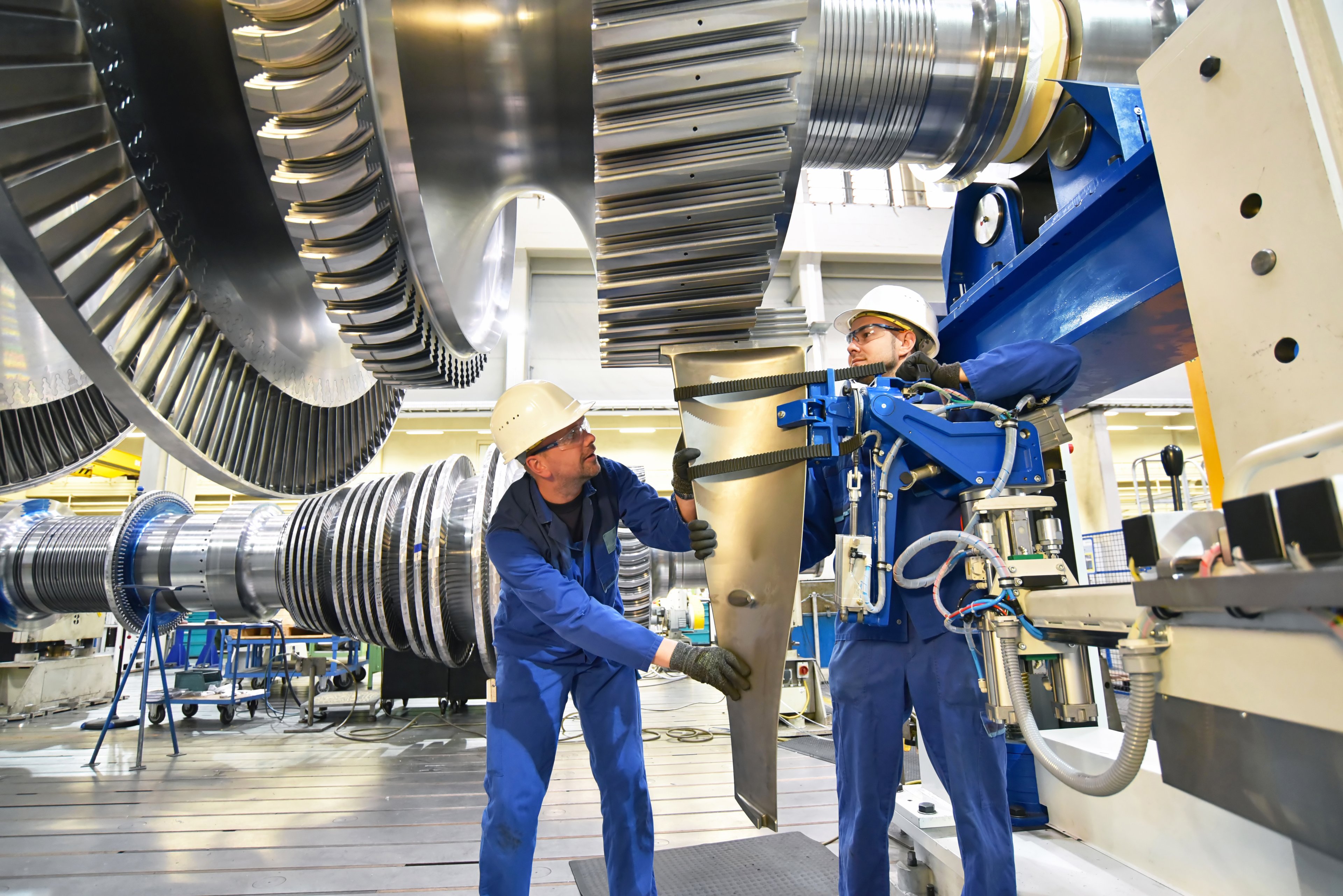
Charles Steinmetz, founder of GE's original research facility, with family, assistant, and the Steinmetz Electric Car in 1914. Source: General Electric.
I write about manufacturing giant General-Electric (GE 0.51%) a lot.
I cover everything from the company's culture to its dividend practices to its boring but now stable banking business.
I find GE's track record incredible and something that other businesses should aspire to. For example, it's the only member still standing from the original Dow Jones Industrial Average in 1907, it's the eighth-largest company on the Fortune 500, even after a disastrous banking crisis, and it's managed to pay out a dividend every single quarter for over a century!
These are all highly commendable achievements, to be sure, but I still find myself at a loss when I try to convey to others how General-Electric's changing the world we live in.
"3-D printed engine nozzles are the beginning of a manufacturing revolution!"
"Really?" they respond.
"GE is leading a revolution in big data!" Big whoop.
So, as a simple thought experiment, I decided to sit down and evaluate how GE could take on an industry that absolutely no one could ignore: the global car market. Tesla, as we all know, is in the driver's seat of an electric-car revolution, sporting an unbelievable market capitalization of $25 billion. I'm not saying GE will be Tesla's next challenger, but it does spend more on research and development in one year than the amount of Tesla's entire sales history!
Here are five additional reasons General Electric could have the best shot at stealing Tesla's thunder.
1. General-Electric is the king of electricity. First and foremost, there are obvious reasons GE did not challenge early gasoline-powered automakers back in the day. GE's founder, Thomas Edison, was a pioneer in the field of electricity, not combustion engines. Furthermore, he would've been facing down Henry Ford, who once called Edison "the world's greatest inventor and the world's worst businessman." In short, there were significant obstacles in the early 1900s, though some GE engineers did take a crack (link opens a PDF) at it.
Through advancements in battery technology, however, those obstacles are now in the rear-view mirror. So the race to perfect the electric car should be right in GE's wheelhouse. As The Economist noted, "The common factor shared by GE's early products was electricity, something businesses were just then learning to exploit."
GE spread this new form of power from the light bulb to home appliances to entire buildings and grids. Of all of the businesses GE has shed over the years, this is one where it still dominates: GE's power technology generates one-quarter of the world's daily electricity according to the company. Forget refrigerators; GE should plug-in a hot rod already.

GE's natural gas turbine. Source: General Electric.
2. General-Electric's infrastructure is second to none. There are more than 10,000 GE gas turbines generating electricity worldwide, and the company is hard at work perfecting the "industrial Internet" to optimize their capacity loads. Add a deep understanding of wind, solar, geothermal, and biomass energy sources to the mix, and you're looking at one of the leading, if not the best, power transmission companies in the world.
It seems like that deep well of experience would come in handy in creating a "smart grid" to accommodate rising demand for electric vehicles. GE, in other words, is one of the few global companies that could offer an end-to-end infrastructure solution for personal transport.
3. General-Electric's already building an electric-car-charging network. On its website, GE recognizes the tremendous opportunity in electric vehicles, or EVs. The company forecasts that 30% of new vehicles sold in 2030 will operate on electric power, up from 3% in 2010. These cars will require an estimated 12% of the power generated by the electrical grid.
To capitalize on that trend, GE is building its own EV-charging network with two key products known as the WattStation and DuraStation. GE worked with leading industrial designer Yves Behar to create a consumer-friendly device that's now available at Amazon.com, Lowe's, and Home Depot.

GE WattStation 3. Source: General Electric.
GE has not commented on how many residential charging stations are now in use, but it indicates the company aims to serve the growing market for plug-ins, which stood at 136,000 vehicles in October 2013. For reference, Tesla has 76 North American stations providing free electricity for Model S owners today and aims to provide access to 98% of the U.S. population and parts of Canada by 2015.
4. General-Electric understands transportation engineering. GE's portfolio of transportation-related products is one of the broadest in the world. To my knowledge, only Germany's Siemens and Canada's Bombardier come close. But there's a missing piece of the puzzle, and that's the omission of a car market that accounts for an estimated 1 billion vehicles on the road today.

GE Evolution Series locomotive. Source: General Electric.
Right now, GE's on the cutting edge in everything from jet engines to hybrid diesel-electric locomotives. The company employs over 50,000 engineers and scientists. It files about 2,000 patents in the U.S. annually. There's no question the company has the engineering expertise, production facilities, and global scale to enter the electric vehicle market. The question is, "Does GE have the tenacity to take on the incumbents in the manner of Tesla?"
5. GE needs consumer-facing products. Despite having one of the most recognizable brands in the world, GE is lacking in consumer-facing products. Where it competes, GE goes toe-to-toe with the best in the business, whether in appliances, health care products, or lighting. But no one's jumping out of his or her seat for an advancement in convection ovens!
What GE needs is more products that pass the "toothbrush test," to steal a phrase from Google. Currently, GE has plenty of products you and I might recognize on a daily basis -- from appliances to train locomotives -- but scarcely any (save for a refrigerator) that we interact with on a personal level at least two times per day. For a company with literally thousands of products, that's hard to believe.
Further, Google is a prime example of why GE should enter the car market. If Tesla, as more than a few outlets have claimed, is the "Apple of the automobile industry," then there's no reason GE could not emerge as the Google of said industry. Now, hear me out for a moment.
When Apple debuted the iPhone, Google was on absolutely no one's radar as a competitor in handset devices. Google? Make hardware? You have to be kidding me.
But Google was busy building a presence in software and collecting data on... well... just about everything. Seven years since the iPhone's debut, Google's Android system is crushing Apple's and devouring more than 80% of the global smartphone market.
How did Google do it? By mastering the use of data and cloud services, while catching up to Apple in the design arena. Google is gradually infiltrating every market where data would be highly valuable and usable, graduating from search to smartphones to who knows what's next.
And what is GE doing right now? It's powering the world with electricity. It's leveraging the industrial Internet -- a tool completely based on data -- to make industries work better. The car market, quite frankly, should be one of those industries. Google's zeroing in on it with driverless cars. Meanwhile, where's General Electric?

Source: Jeffrey Turner on Flickr.














